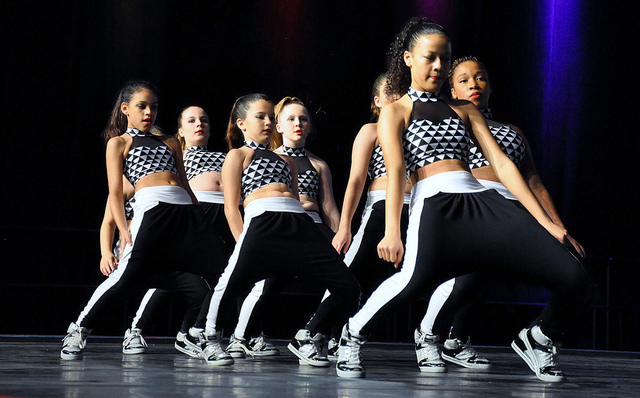Dance studios that have many classes and students may see some talent and want to consider starting a dance team. Here are five steps for creating a successful team that supports your business.
Why begin?
Why do you want to know how to start a competition dance team? Is this your idea? Are clients inquiring? In order to have a successful competition dance team, you’ll need a dedicated group of students. Gauge the interest of your clientele as well as their true dedication. Explicitly outline for them the time required for practicing, cost for competition, and travel involved. You don’t want to discover your team members have other obligations that take priority or cannot afford costs necessary to participate. Consider posting a sign in your studio and have those interested take a survey. Questions you might include:
- How many hours can you dedicate to practices?
- What other extracurricular activities do you have?
- Are you able to travel? If so, how far?
- Can you (or a parent) volunteer time to help with competitions?
- Have you ever been in a dance competition before?
Be prepared
When you decide to start a team, being prepared and well-organized helps with every part of the process from setting schedules to traveling to the competitions. It helps to make a list of all the tasks you will have. Be honest with yourself about the time necessary to take on these tasks. If you know you cannot handle everything yourself, bring on an assistant or reach out to parents to ask about their interest in volunteering time. You want to be able to lead a successful team, not get overloaded with all the details necessary to pull off a great competition. Remember, these small details all add up:
- Setting a schedule
- Leading practices
- Creating costumes
- Hair and make-up
- Competition applications
- Travel arrangements
Creating the team
If your studio caters to youth, it is a good idea to have an introductory meeting for parents. Let them know your plans as well as how you will create the team. Parents should be aware of time commitment and costs that are associated with competition teams for dance.
The size of your studio will help determine the size of the team and the method by which you pick members. To gather team members, you might consider an “invitation only” system if you have talent you wish to recruit.
Some studios hold tryouts to allow any student to apply. With tryouts, it will likely require a series of auditions and cuts. As you make cuts, be sure to offer honest feedback. You don’t want to alienate students but educate them on exactly what you are looking for and how, if they didn’t make the cut this time, they might make it in the future. Be clear that you are not just seeking talent, but dancers who are able to take on all the rigors of dance competitions and all that entails.
How to Start
A competition dance team should have specific expectations for team members. Some expectations may include:
- How many practices they can miss.
- What happens when they are late for practice.
- What behaviors will not be tolerated.
- When payments are due.
- How responsible they are for costumes, makeup, hair and travel.
Set a practice schedule that allows for all dancers to attend. While there will be times when conflicts interfere with the schedule, if you do your best to create something that works well for the majority of dancers, you won’t have to make many compromises. As you start out, remember to be flexible as you learn what works best.
Practice, practice, practice
Competitions generally have strict guidelines. Teams must understand all the requirements and hone their skills. Create routines and then practice. Practice is vital for competition preparation. Help team members build bonds, work together, help each other and prepare for competition. They are not just individual dancers, but part of a team working together to do their best as a complete group.
Before attending your first competition, you might consider bringing in someone who has participated in such events and have him or her speak to your team. Give your dancers insight from someone who has been there so they know what to expect.

